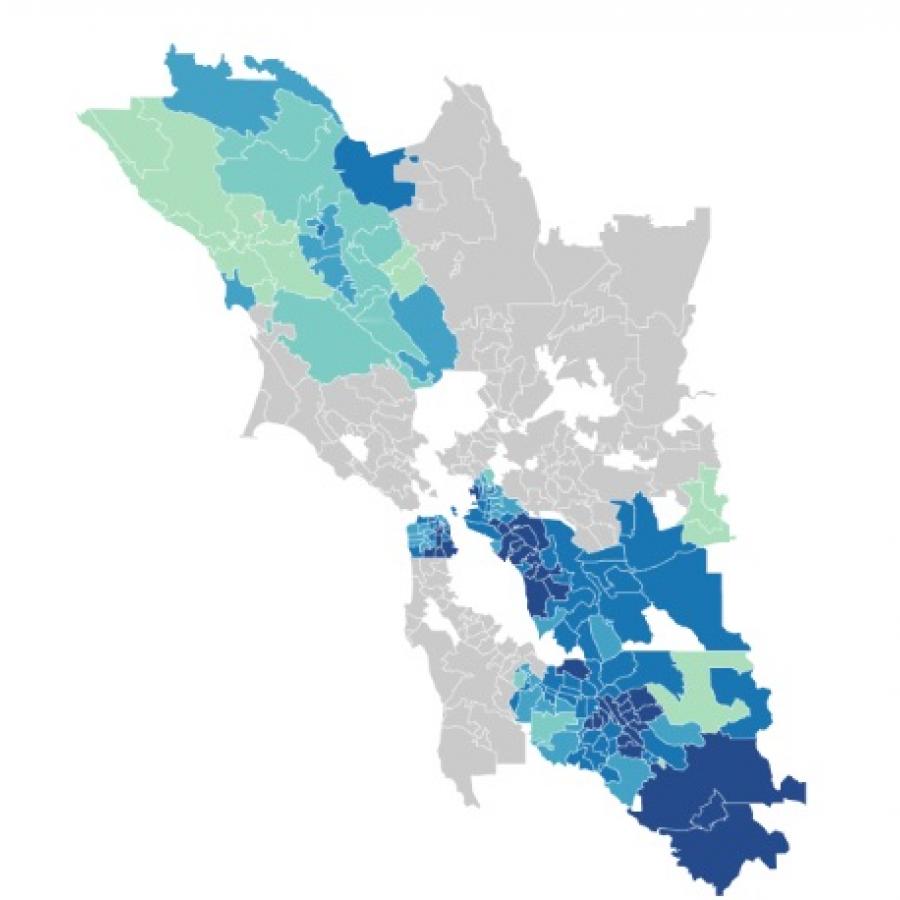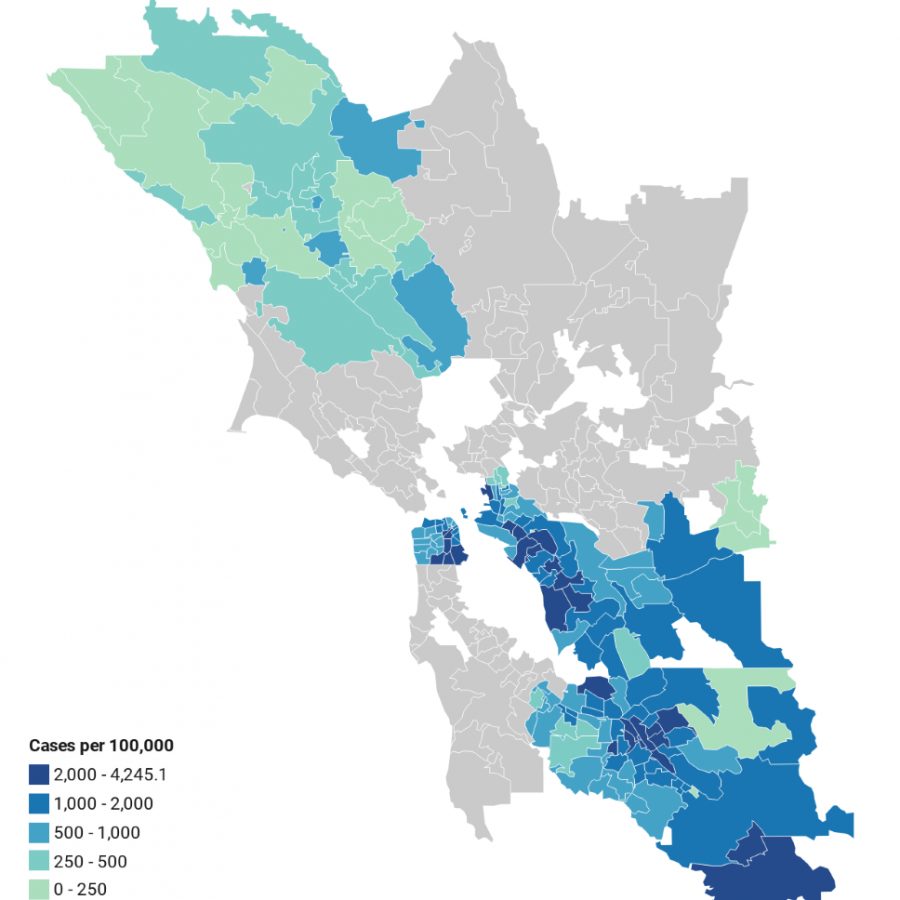National Equity Atlas Updates
Dear Atlas Users,
Happy Halloween! Our team is busy updating our data, upgrading our technology backbone, and creating a new Equity and Prosperity Index to release early next year. We are happy to see our data being used in opinion pieces making the case for inclusive growth in Cleveland, Los Angeles, and Orange County.
New Report: Regional Economies in Transition
Earlier this month, with support from the Mastercard Center for Inclusive Growth, we released Regional Economies in Transition: Analyzing Trends in Advanced Industries, Manufacturing, and the Service Sector to Inform Inclusive Growth Strategies, a report that classifies the 150 largest U.S. regions according to three major labor market trends to examine how these evolving conditions are shaping economic opportunity at the regional level. To provide an in-depth illustration of how these interrelated dynamics manifest at the local level, the report is accompanied by case studies of Charlotte, Philadelphia, and Stockton.
What We Heard from You
Thanks to all of you who shared your feedback and ideas on the future of the Atlas last month when we sent out our user survey! Most of you said that you appreciate the site and want to see more of what is available: New indicators and analyses, additional geographies, and more examples of how people are using the data to drive policy change. Some of you mentioned more updated data, which we are working on, and more of a summary of the data, which we hope the forthcoming index will provide. Others asked for more networking and learning opportunities. We will be using this information to develop our fundraising strategy going forward. Missed the opportunity to share feedback? You can still take the survey.
Atlas In the News
Our analysis revealing that Cleveland’s GDP could grow 12 percent per year with racial equity in income was mentioned twice in Crain’s Cleveland Business: first in an editorial for a more dynamic vision for the local economy; and then again in an op-ed connecting the legacy of slavery with present-day racial disparities. An article in Voice of OC in Orange County, California connects equity with the conversation around recasting Columbus Day as Indigenous People’s Day by lifting up racial disparities highlighted in our equity profile of the region. A KCET article profiling LA County’s Center for Financial Empowerment (CFE) uses our equity profile of Los Angeles to make the case for building economic security in low-income communities. Finally, Tracey Ross from PolicyLink uses the statistic that 106 million people — or one in every three U.S. residents — can be considered economically insecure in her essay in ESSENCE about Representative Alexandria Ocasio-Cortez’ “A Just Society” legislative package; she adds this and other findings from our report, 100 Million and Counting: A Portrait of Economic Insecurity in the United States, to argue for additional ambitious policies to address inequality at the state and local level.
Thank you for your interest in our work!
The National Equity Atlas team at PolicyLink and the USC Program for Environmental and Regional Equity (PERE)

